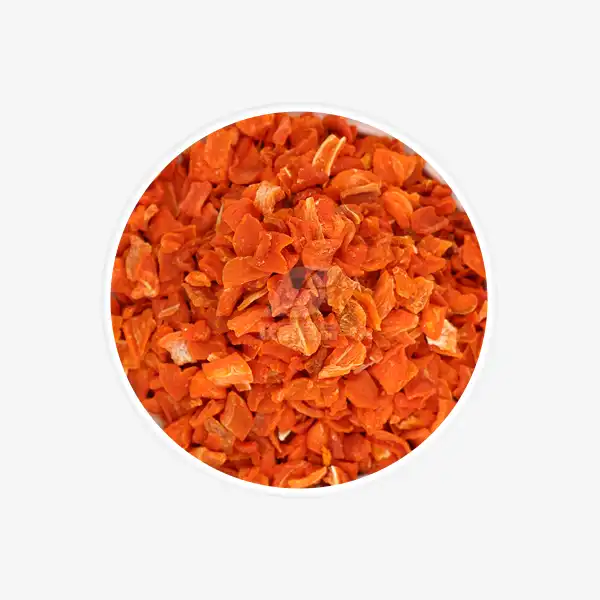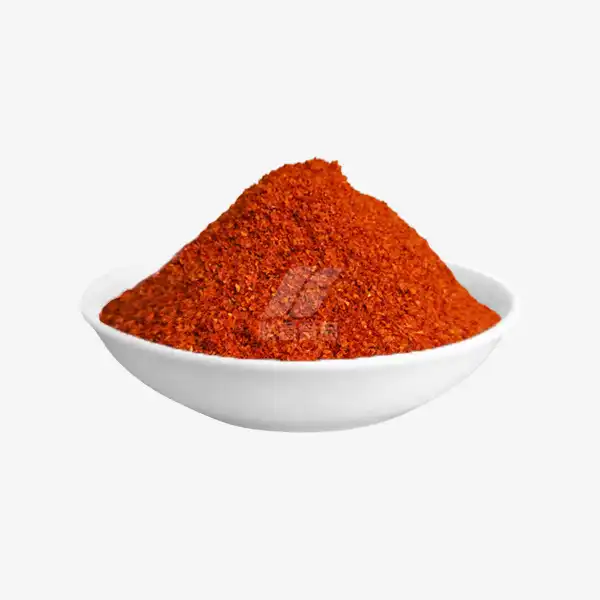How to Use Black Dried Peppers in Cooking?
Black dried peppers are a culinary treasure, offering intense flavor and versatility to countless dishes. Whether you're a seasoned chef or an adventurous home cook, mastering the use of these potent peppers can elevate your cooking to new heights. In this comprehensive guide, we'll explore the best ways to incorporate black dried peppers into your culinary repertoire, from classic recipes to innovative techniques.
Top Dishes That Feature Black Dried Peppers
Black dried peppers are a staple in many cuisines around the world, adding depth, heat, and complexity to a wide array of dishes. Let's explore some of the most popular and delicious recipes that showcase the unique flavor profile of these pungent peppers:
Sichuan-Style Hot Pot
This fiery Chinese delicacy is incomplete without the inclusion of black dried peppers. The peppers infuse the broth with a smoky, spicy essence that permeates every ingredient dipped into the bubbling pot. The combination of numbing Sichuan peppercorns and black dried peppers creates a flavor sensation known as "mala" - a tingling, spicy heat that's utterly addictive.
Harissa Paste
This North African chili paste is a versatile condiment that relies heavily on dried peppers for its robust flavor. Black dried peppers contribute a deep, smoky note to the blend, which typically includes other aromatics like garlic, cumin, and coriander. Harissa can be used as a marinade, spread, or flavor enhancer in countless dishes.
Chili con Carne
This hearty Tex-Mex stew gains much of its character from dried peppers. Black dried peppers add a complex, earthy heat that complements the rich beef and beans perfectly. The peppers are typically rehydrated and blended into a smooth paste before being incorporated into the stew, ensuring their flavor is evenly distributed throughout the dish.
Mole Negro
This sophisticated Mexican sauce is renowned for its intricate blend of ingredients, including multiple varieties of dried peppers. Black dried peppers contribute to the sauce's deep, dark color and add layers of smoky, fruity flavor. The result is a velvety, complex sauce that's traditionally served with poultry or meat.
Jerk Seasoning
This iconic Jamaican spice blend owes much of its heat and complexity to dried peppers. While Scotch bonnet peppers are the star, black dried peppers often play a supporting role, adding depth and smokiness to the fiery mix. The seasoning is typically used as a dry rub or marinade for grilled meats, particularly chicken.
Preparing Black Dried Peppers for Maximum Flavor
To fully harness the potential of black dried peppers, proper preparation is key. Here are some essential techniques to help you extract maximum flavor from these potent peppers:
Toasting
Toasting black dried peppers before use can significantly enhance their flavor profile. This process awakens the natural oils within the peppers, intensifying their aroma and taste. To toast, simply heat a dry skillet over medium heat and add the peppers. Toast for 30 seconds to a minute, shaking the pan frequently to prevent burning. The peppers should become fragrant and slightly pliable.
Rehydrating
Rehydrating dried peppers is crucial for many recipes, especially when creating sauces or pastes. To rehydrate, place the peppers in a bowl and cover with hot water. Let them soak for 15-30 minutes until they become soft and pliable. Reserve the soaking liquid, as it can be used to add extra flavor to your dish.
Grinding
For recipes that call for ground peppers, invest in a dedicated spice grinder or use a mortar and pestle. Grind the peppers to your desired consistency, remembering that finer grinds will distribute heat more evenly throughout a dish. Always wear gloves and avoid inhaling the dust when grinding dried peppers.
Infusing Oils
Creating chili oil is an excellent way to harness the flavor of black dried peppers. Heat neutral oil like vegetable or grapeseed oil until hot but not smoking. Remove from heat and add crushed dried peppers. Let the mixture cool completely before straining. The resulting oil will be infused with the peppers' heat and flavor.
Creating Pepper Paste
For a versatile flavor booster, consider making a pepper paste. Rehydrate the peppers, then blend them with garlic, salt, and a bit of oil to create a smooth paste. This can be stored in the refrigerator and used as a base for marinades, sauces, or as a condiment.
Common Mistakes to Avoid with Black Dried Peppers
While black dried peppers can be a fantastic addition to your culinary arsenal, there are some pitfalls to be aware of. Here are some common mistakes to avoid:
Overusing
Black dried peppers are potent, and a little goes a long way. It's easy to overwhelm a dish with too much heat or smokiness. Start with small amounts and adjust to taste. Remember, you can always add more, but you can't take it away once it's in the dish.
Ignoring Heat Levels
Not all black dried peppers are created equal when it comes to heat. Some varieties, like chipotle, are relatively mild, while others, like dried habaneros, can be extremely hot. Always research the specific pepper you're using and adjust quantities accordingly.
Skipping the Gloves
When handling black dried peppers, especially when rehydrating or grinding, always wear gloves. The oils from the peppers can irritate your skin and eyes. If you do touch the peppers with bare hands, wash thoroughly with soap and avoid touching your face or eyes.
Forgetting to Remove Seeds
For many recipes, especially those calling for a smooth sauce or paste, you'll want to remove the seeds from your rehydrated peppers. The seeds can add bitterness and affect the texture of your final dish. Use a knife to scrape them out before proceeding with your recipe.
Not Storing Properly
To maintain their potency and prevent spoilage, store black dried peppers in an airtight container in a cool, dry place. Exposure to moisture can lead to mold growth, while exposure to light can cause the peppers to lose their flavor over time.
Conclusion
Mastering the use of black dried peppers can open up a world of culinary possibilities. From adding depth to stews and sauces to creating complex spice blends, these versatile peppers are a valuable addition to any kitchen. By understanding how to prepare and use them effectively, you can enhance your cooking and create dishes with authentic, bold flavors. Remember to start small, experiment with different varieties, and most importantly, enjoy the process of discovering the rich, nuanced flavors that black dried peppers can bring to your cooking.
For high-quality black dried peppers and other dehydrated vegetables, contact us at qingzhengliu@jslianfu.com. Our expert team at Xinghua Lianfu Food Co., Ltd. is ready to assist you with all your culinary needs.
References
1. Johnson, M. (2020). The Complete Guide to Dried Peppers. Culinary Institute of America Press.
2. Rodriguez, P. (2019). Mastering Mole: The Art of Mexican Sauces. University of Texas Press.
3. Chen, W. (2021). Sichuan Cuisine: Flavors of the Fiery Province. Sichuan Culinary Academy.
4. Smith, J. (2018). Spice It Up: A Global Tour of Chili Peppers. Penguin Random House.
5. Martinez, L. (2022). From Mild to Wild: Understanding Pepper Heat Levels. Journal of Culinary Science, 15(2), 78-92.

_1729843393550.webp)









